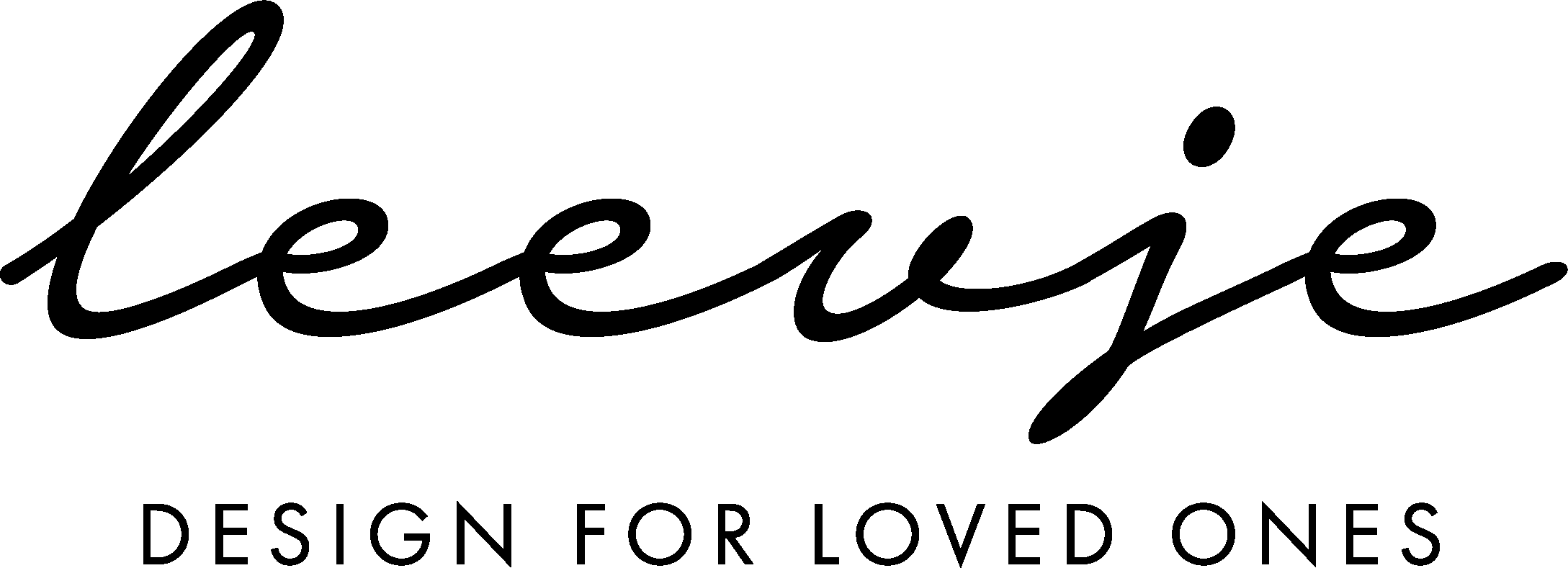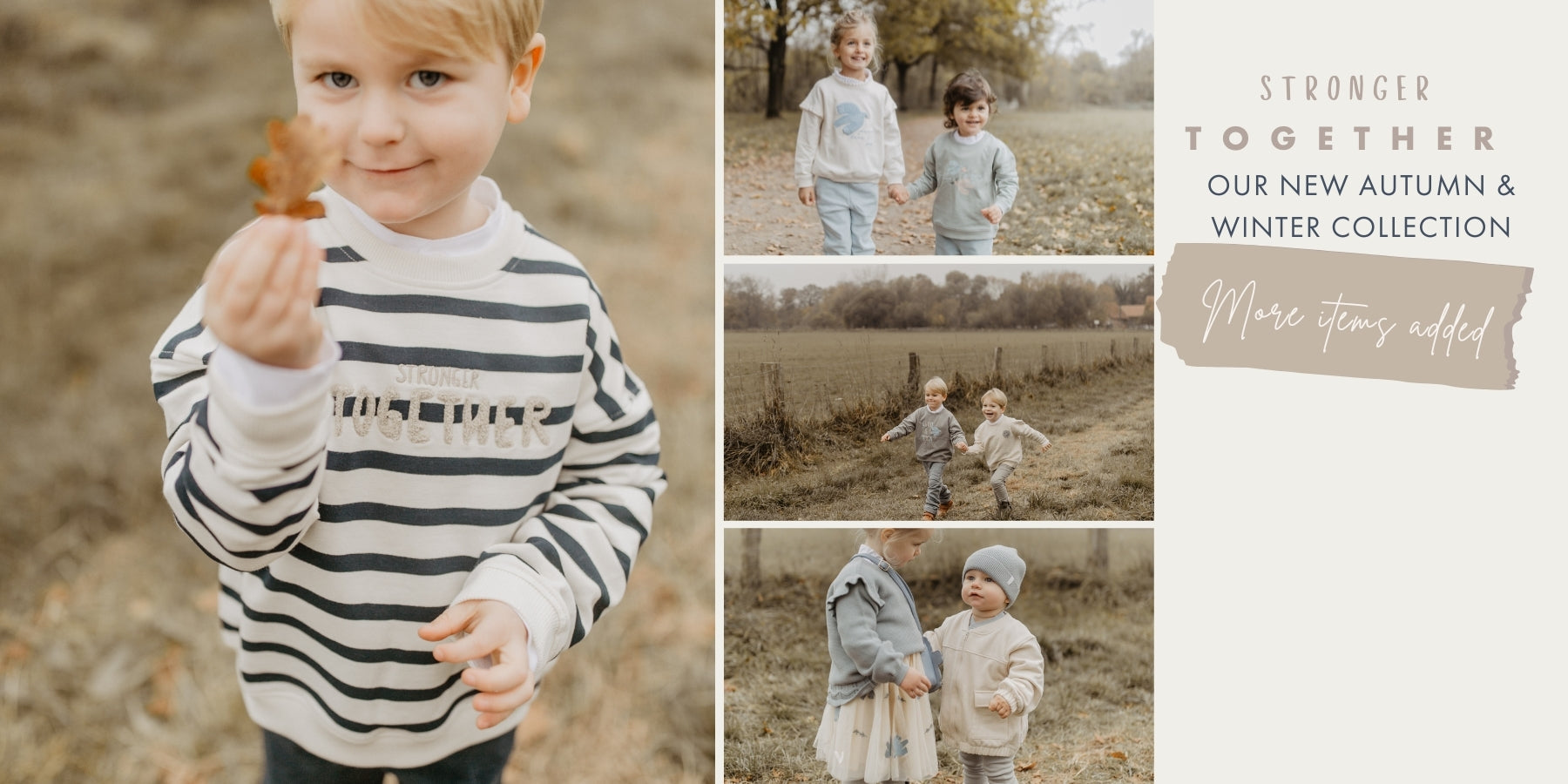Article: Fibers & materials of our products

Fibers & materials of our products
WHAT IS COTTON?
Cotton is a natural fiber that is obtained from the seed hair of the cotton plant. The ginning machine separates the fiber from the seed. These are further processed or replanted. Their casings are used for animal feed or chicken litter. The cotton fibers are pressed into bales, spun into yarn in cotton spinning mills and processed in factories.
BENEFITS
- Temperature and humidity regulating
- Soft and skin-friendly
- Easy to care for and durable
- Renewable raw material
- Breathable
- Strongly absorbent
- Light in weight
WHAT'S THE DIFFERENCE BETWEEN WOOL AND COTTON?
Unlike cotton, wool or virgin wool is obtained from sheep. After shearing, the wool is washed and combed. Dark wool can be lightened by bleaching as needed before dyeing it to give it the desired look. The next step in processing is spinning the wool into long, thin threads. This is done through the use of precise spinning machines that are electronically controlled. The resulting thread forms the worsted yarn, which can now be used for weaving, knitting or knotting.
BENEFITS
- Picks up dirt poorly
- The inside of the fiber can absorb water vapor - the surface, on the other hand, repels water and is therefore heat regulating
- Quickly conducts moisture
- Antistatic
WHAT IS MERINO WOOL?
Merino wool is a particularly high quality form of (virgin) wool. It is obtained from merino sheep and is characterized by its particular delicacy and softness. Merino wool has the same properties as wool, but is much finer and softer so that it is particularly suitable for functional underwear or sleepwear.
WHAT IS KASHMIR?
Cashmere wool (or cashmere) is a very fine and soft natural fiber that is obtained from the undercoat of the cashmere goat. The genus of cashmere goats comes in the colors white, gray, brown or black. It belongs to the family of domestic goats. Cashmere wool has been used in their homeland since around 1000 BC. Handcrafted into high-quality textiles. The most important producer countries are China, Mongolia, Iran and the Central Asian highlands. The highest quality cashmere comes from Inner Mongolia, which is part of China. Under the special climatic conditions, the goats' valuable undercoat (down) grows particularly well.
BENEFITS
- excellent thermal insulation
- repels moisture very well
- very fine fibers
- Dirt and odor repellent
- high tear strength
WHAT IS VISCOSE?
Viscose is a natural fiber made from natural raw materials such as eucalyptus, pine and beech wood. These woods are cut into pieces and resins and other substances are boiled out. After cleaning and bleaching, the cellulose is pressed into solid cellulose sheets. Then the plates are transformed into a viscous spinning mass using a chemical process, which again creates a continuous thread. The fiber is often mixed with cotton, wool, linen or other fibers, but can also be used as a sole fiber. Even if the production is complex, it is very worthwhile because the viscose is so versatile and at the same time inexpensive.
BENEFITS
- Natural & soft
- Antistatic
- Silky shine and beautiful drape
- Resistant to light
- Compared to natural fibers, it can absorb significantly more moisture without feeling wet
- Easy to color
WHAT IS POLYAMIDE?
Polyamide fiber, also known under the name nylon, is a very light, yet strong, durable and elastic fiber that is also easy to care for. Therefore, this fiber is perfect for increasing the durability of other fibers used and is particularly often used in compositions with natural fibers.
BENEFITS
- Very elastic, abrasion and tear resistant
- Moisture repellent
- Low tendency to crease
- Flowing fall and light in weight
- Easy to use with other fabrics
WHAT IS POLYESTER?
The oil-based synthetic fiber polyester is obtained by a melt spinning process. This creates a continuous thread that is then used for further textile production. Natural fibers such as cotton with polyester are often used so that the garment remains easy to care for. Since polyester has excellent color and washing properties, garments retain their fit and color intensity.
BENEFITS
- Soft and kind to the skin
- Easy care
- Resistant to light
- Tear-proof and dimensionally stable
- Light and still warm
- Almost wrinkle-free
WHAT IS ELASTANE?
Elastane is a chemical fiber with an elasticity of 500 - 700%. After stretching, it largely returns to its original state. Because of these properties, the use of elastane is obvious. It is used as a fiber where high stretchability and dimensional stability are required, i.e. in tight-fitting, stretchable clothing, in cuffs, socks, wool tights, swimwear.
BENEFITS
- Great elasticity
- Dimensional stability
- High resilience
- Dries quickly
- Easy care
FSC® stands for “Forest Stewardship Council®”. It is an international certification system for more sustainable forest management. The wood of furniture, toys, books, exercise books or pencils with the FSC seal comes from forests that are managed more responsibly. There are ten globally valid principles that must be adhered to by all FSC standards in the various countries. Forests and plantations that are managed according to stricter ecological and social principles are FSC certified. This should help ensure that the forests can be preserved in the long term.
The most important goal of the FSC is that the forests of our earth are used in a more environmentally friendly, socially acceptable and economically sustainable way. The FSC - founded in 1993 as a result of the Rio Environment Summit - is a non-governmental, non-profit organization. It brings together entrepreneurs from the wood and forestry sectors, environmental associations, trade unions, representatives of civil society and indigenous peoples. All interest groups involved in the forest are equally recognized here. This concept is reflected in the chamber structure of the organization: none of the three chambers can be overruled.
The FSC strives for transparency. As a rule, certified companies should be checked annually on site by independent experts and the results should be made public.
The FSC has also existed as a non-profit association in Germany since 1997. As a national initiative, the FSC Arbeitsgruppe Deutschland e.V. supports the FSC International Center based in Bonn and is responsible for the German FSC standard, which is based on the same ten principles that also apply internationally. (Source: WWF)



